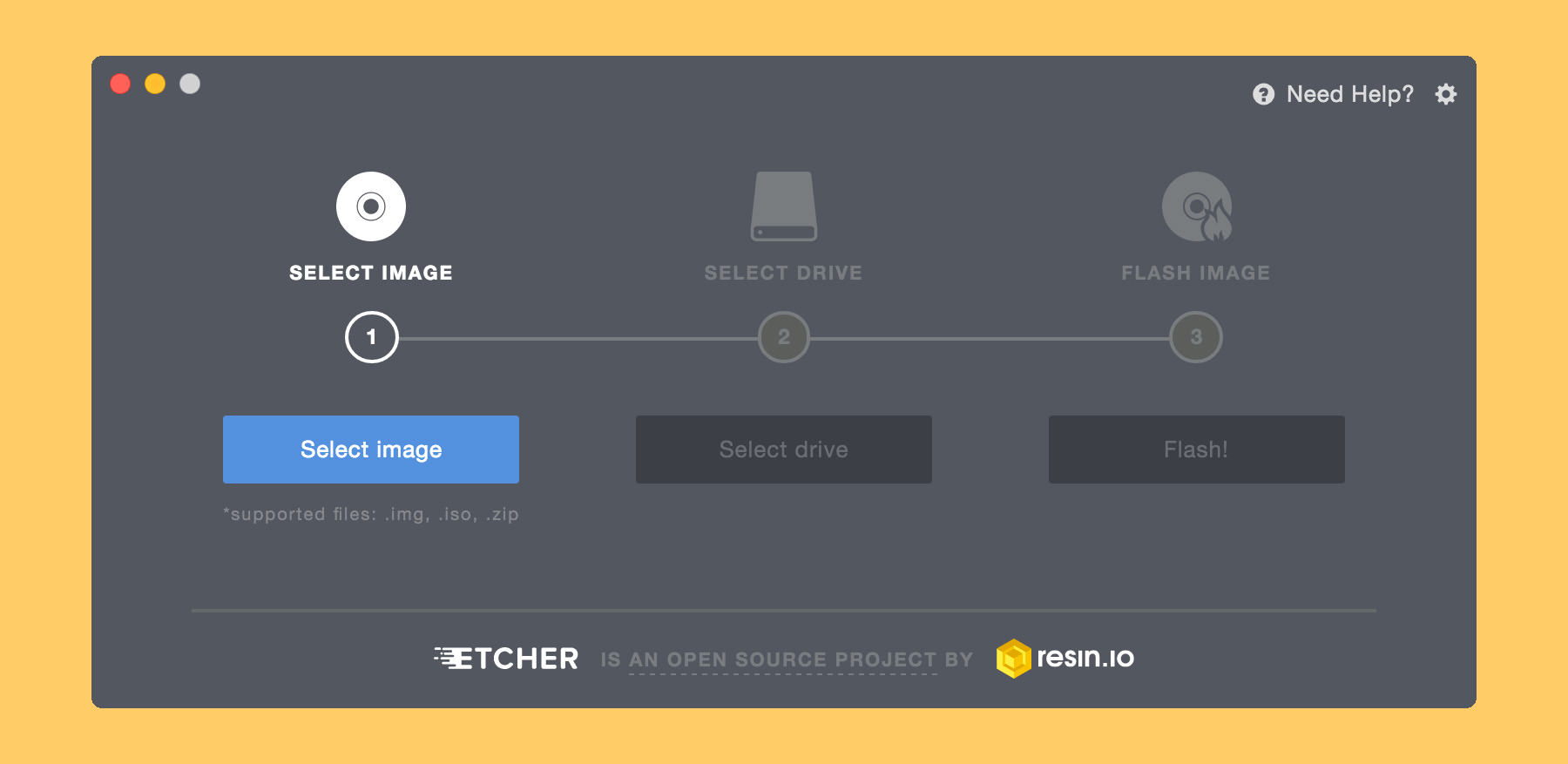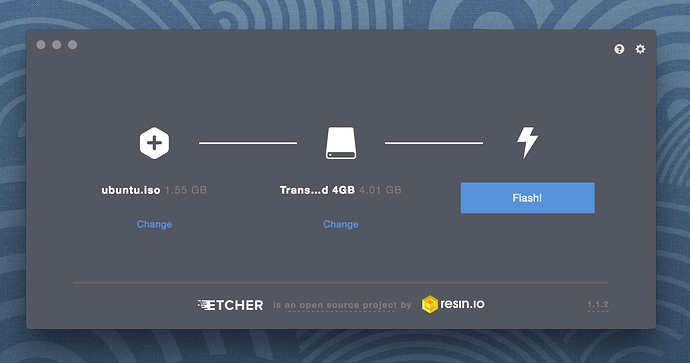- The Create Bootable USB Drive dialog will popup. It will ask to run Power ISO as an administrator, just allow the permission & Click Ok. Step 5: After allowing permission another dialog box will pop up with the name Create Bootable USB Drive. Step 6: Now in Create Bootable USB Drive dialog box under Image file choose the correct path of ISO.
- Next, choose which edition of Windows you want to create, what language you plan to use Windows in, and whether you want to create the installation media for 32bit, 64bit, or both 32 and 64bit versions. In the next step, choose whether you want to create a bootable USB or get an ISO file to burn to a DVD.
With a bootable Ubuntu USB stick, you can:
However, there are a few advanced steps more you have to deal with during installation then. Check out “How to create a Windows 10 bootable USB on a Mac for PC without Bootcamp, when install.wim is too large” on StackExchange to learn more. Creating a bootable USB flash drive, CD or DVD is the maiden step to give new life to your existing or brand new PC with a new operating system. There are several programs you can use, for creating a bootable USB flash drive, available for different platforms, but most of them are complex, and if not that, you will face a hard time dealing with.
- Install or upgrade Ubuntu, even on a Mac
- Test out the Ubuntu desktop experience without touching your PC configuration
- Boot into Ubuntu on a borrowed machine or from an internet cafe
- Use tools installed by default on the USB stick to repair or fix a broken configuration

Creating a bootable USB stick is very simple, especially if you’re going to use the USB stick with a generic Windows or Linux PC. We’re going to cover the process in the next few steps.

Mac App To Create Bootable Usb From Iso
Apple hardware considerations
Best App To Create Bootable Usb On Mac
There are a few additional considerations when booting the USB stick on Apple hardware. This is because Apple’s ‘Startup Manager’, summoned by holding the Option/alt (⌥) key when booting, won’t detect the USB stick without a specific partition table and layout. We’ll cover this in a later step.
